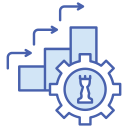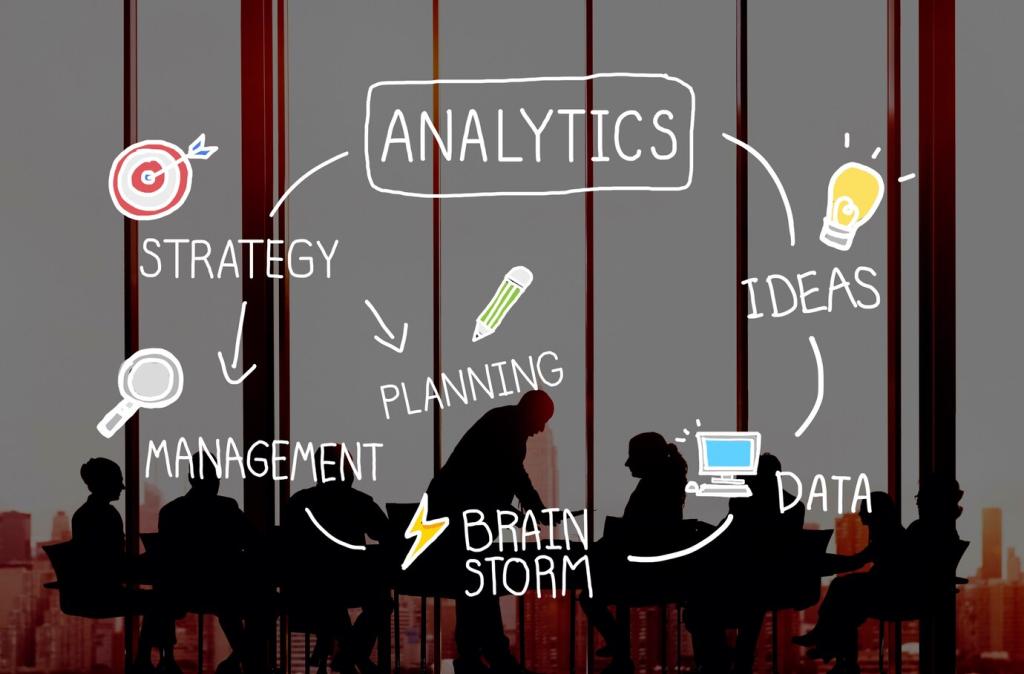Sustainability as a Catalyst for Digital Innovation
Right-size cloud resources, schedule batch jobs intelligently, and use usage-aware architectures. The same practices that reduce emissions often lower spend, creating a virtuous cycle that finance and sustainability leaders can champion together.
Sustainability as a Catalyst for Digital Innovation
Build products that are repairable, data-rich, and upgrade-friendly. Digital twins and sensor data inform maintenance schedules, extend lifecycles, and support new service models that customers value because they feel both modern and responsible.
Sustainability as a Catalyst for Digital Innovation
A logistics firm used route optimization and real-time load balancing from telematics data. Fuel usage dropped, delivery windows tightened, and clients celebrated predictability. The greener choice also became the more profitable one.
Sustainability as a Catalyst for Digital Innovation
Lorem ipsum dolor sit amet, consectetur adipiscing elit. Ut elit tellus, luctus nec ullamcorper mattis, pulvinar dapibus leo.



